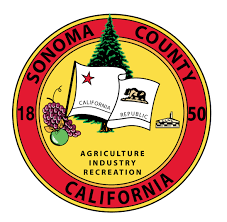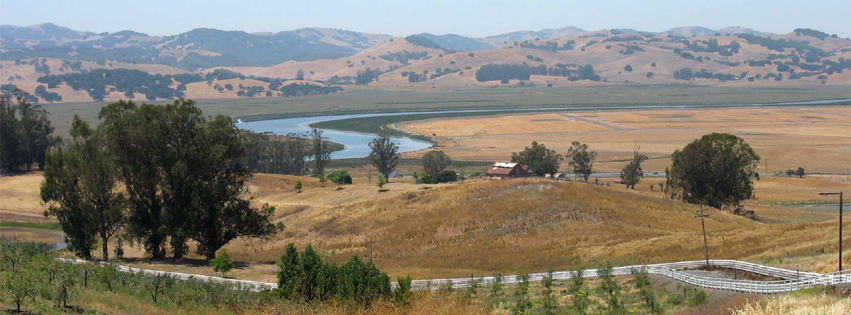 In response to worsening drought conditions in the Russia River Watershed, the State Water Resources Control Board (SWRCB) today issued an order that will reduce minimum instream flow requirements in the lower Russian River from 85 cubic feet per second (cfs) to 35 cfs. The Temporary Urgency Change Order (TUCO) also requires that Sonoma Water and its water contractors reduce total diversions from the Russian River by 20% compared to the same period of 2020 from July 1 through mid-December, 2021. The order, issued at the request of the Sonoma County Water Agency (Sonoma Water), will allow the agency to preserve storage in Lake Sonoma, which is the primary source of drinking water for more than 600,000 people in Sonoma and Marin counties.
In response to worsening drought conditions in the Russia River Watershed, the State Water Resources Control Board (SWRCB) today issued an order that will reduce minimum instream flow requirements in the lower Russian River from 85 cubic feet per second (cfs) to 35 cfs. The Temporary Urgency Change Order (TUCO) also requires that Sonoma Water and its water contractors reduce total diversions from the Russian River by 20% compared to the same period of 2020 from July 1 through mid-December, 2021. The order, issued at the request of the Sonoma County Water Agency (Sonoma Water), will allow the agency to preserve storage in Lake Sonoma, which is the primary source of drinking water for more than 600,000 people in Sonoma and Marin counties.
The Russian River watershed is in a severe drought. Both the Governor and County of Sonoma have declared a drought emergency for the Russian River watershed. The SWRCB order changes the water supply classification to Critical for the Upper Russian River and the Lower Russian River.
Minimum instream flows in the upper Russian River will be reduced to 25 cfs. This will help preserve storage in Lake Mendocino, which provides water to communities in Mendocino and northern Sonoma counties and is a critical source of water for Chinook salmon.
Sonoma County Supervisor and Sonoma Water Board of Directors Chair Lynda Hopkins said, “This action by the State Water Resources Control Board will help preserve water in the Russian River watershed. Releasing less water from Lake Sonoma and reducing the amount of water pumped from the Russian River are critical methods to saving water for our communities and environment. At the same time, we urge our community to implement water saving measures. There is no water to waste and everyone in our community has a part in saving water during this drought. If you have a lawn, let it go brown or remove it. If you have a leak, fix it. Reduce your showers by two-minutes, or better yet, shower less often. Drastic times call for drastic measures and we all need to contribute to beat this drought.”
Lower minimum flows will allow for less water to be released from both Lake Sonoma and Lake Mendocino. The storage goal at Lake Mendocino is 20,000 acre-feet on October 1 (there is currently 33,162 acre-feet in Lake Mendocino). The storage goal for Lake Sonoma is greater than 100,000 acre-feet on October 1 (there is currently 134,551 acre-feet in Lake Sonoma).
The TUCO requires Sonoma Water to regularly monitor water quality and aquatic habitat for salmon and steelhead at multiple locations from Calpella (near Lake Mendocino) to Jenner.
Based on the effectiveness of the proposed temporary order to prevent Lake Mendocino and Lake Sonoma from declining to unsafe levels, Sonoma Water may request additional changes to meet human health and safety needs, in consultation with staff from the State Water Resources Control Board, North Coast Regional Water Quality Control Board, National Marine Fisheries Service and California Department of Fish and Wildlife.
To read the TUCP and learn more about the drought, please visit https://www.sonomawater.org/tucp





